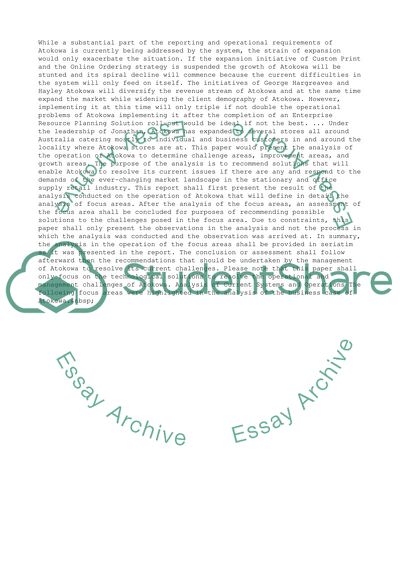Cite this document
(“Atokawa Advantage Management Essay Example | Topics and Well Written Essays - 3000 words - 1”, n.d.)
Retrieved from https://studentshare.org/management/1398030-systems-and-operations-management
Retrieved from https://studentshare.org/management/1398030-systems-and-operations-management
(Atokawa Advantage Management Essay Example | Topics and Well Written Essays - 3000 Words - 1)
https://studentshare.org/management/1398030-systems-and-operations-management.
https://studentshare.org/management/1398030-systems-and-operations-management.
“Atokawa Advantage Management Essay Example | Topics and Well Written Essays - 3000 Words - 1”, n.d. https://studentshare.org/management/1398030-systems-and-operations-management.


